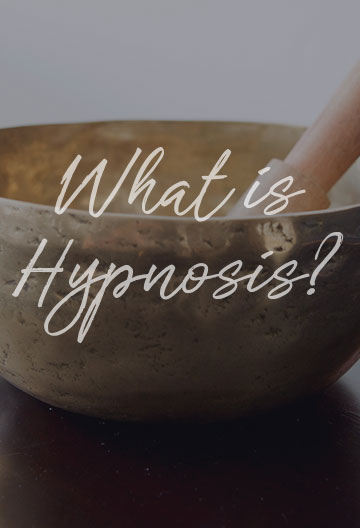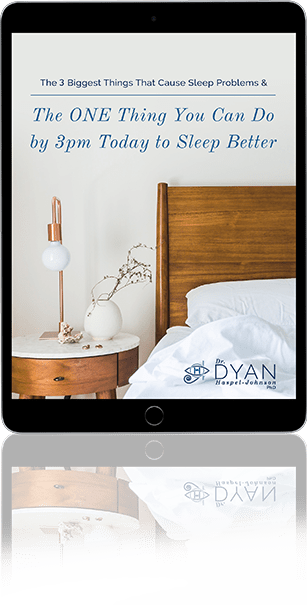While self-hypnosis may not yet be mainstream, mindfulness and other forms of meditation have become increasingly common as self-care practices.
As we get busier and as life (and technology!) move faster, the need to slow down seems even more important. With everything going on around us, staying “present” with ourselves has become crucial.
Have you been searching for the best practice to connect with yourself? Have you been confused about the differences between various meditation and self-hypnosis techniques?
Look no further! The following core concepts will help you decide the best path forward for you.

Some basic definitions:
Meditation
• Meditation techniques help you to focus on or process the contents of your consciousness. Formal meditative states may provide you with a way to concentrate your awareness. With practice, this awareness can allow you to release thoughts and emotions. Ultimately then, you may reach a state of deep inner calm and “At-Oneness.”
Mindfulness
• Mindfulness classes and apps have been popping up more and more lately. Maybe this is because a lot of research studies show how powerful mindfulness can be in terms of our health and wellness (see some references below).
Actually, numerous different types of mindfulness have been shown to be effective. Because different people practice different types of mindfulness, it’s easy to get confused.
To clarify things, know that mindfulness is a type of meditation. Two forms of mindfulness seem especially popular. They are mindfulness based stress reduction (MBSR) and classical mindfulness (based on the original forms of Buddhist mindfulness). So if you go to a class and you don’t love it, maybe that type just isn’t for you. In such a case, don’t give up or force it! Try another form of mindfulness, meditation, or self-hypnosis.
In general, mindfulness focus on non-judgmental, relaxed states of being present that combines attention and awareness. In this state, you might have a pure experience of “At-Oneness.” This might occur as a result of this practice of freedom from attachment, reaction, or pre-conception.
Mindfulness can be done during a formal meditation period. It can, however, also simply be a way of moving through daily life. Either way, when in a state of mindfulness, you practice a state of awareness free from attachment. Consequently you would be exercising a position of engaged neutrality or impartiality. This, therefore, supports observing life with clarity. As a result, you might progressively perceive things more accurately in terms of what arrives, lingers, and dissipates during each present moment.
Hypnosis and Self-Hypnosis
• I like to define hypnosis as focused attention directed to the point of achieving an altered state of consciousness. This often happens through the use of suggestions to meet specific goals. We can achieve this through a formal trance state, organically, or in conversation. This occurs by tapping into the unconscious through that altered state of consciousness.
So what does all of this mean?
The goal of most different forms of meditation tends to be…, well…, just Being!
On the other hand, hypnosis and self-hypnosis generally have a specific intention, direction, or purpose. That might be self-hypnosis for better sleep or hypnosis for anxiety relief or something else. In other words, with hypnosis and self-hypnosis, the suggestions have been designed for a treatment purpose, even if that purpose might simply be relaxation.
My suggestion to you:
Try different forms of meditation and self-hypnosis with expert teachers or practitioners. This may help you to find the method that feels best for you and your lifestyle. If you just want to focus on just being “present,” then you might prefer a meditation or mindfulness daily technique.
However, if you have a specific goal in mind, then you might want to start with self-hypnosis.
Let me know how it goes!
References:
Holroyd, J. (2003).“The science of meditation & the state of hypnosis.” American J of Clinical Hypnosis, 46(2), 109-128.
Kabat-Zinn, J. (2003). Mindfulness-based interventions in context: Past, present, and future. Clinical Psychology: Science and Practice, 10, 144–156.
Rapgay, L., Bystrisky, A., Dafter, R.E., & Spearman, M.. (2011). “New Strategies for combining mindfulness with integrative cognitive behavioral therapy for the treatment of generalized anxiety disorder.” J Rational-Emotive Cognitive-Behavioral Therapy, 29,92-119.
This post also appears on thriveglobal.com, where Dr. Dyan is a V.I.P Contributor on February 12, 2020.









2 comments to " Meditation? Mindfulness? Self-Hypnosis? Confused!? "